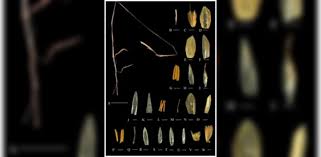
A new species of Indian Muraingrasses known for their ecological and economic importance, such as fodder, have been spotted by scientists in Goa in the Western Ghats, one of the four global biodiversity hotspots of India.
Daily Current Affairs Quiz 2020
Key-Points
The species was named Ischaemumjanarthanamiiin honour of Prof. M. K. Janarthanam, Professor of Botany, Goa University, for his contribution to the Indian grass taxonomy and documentation of the floristic diversity of Goa state.
The species has adapted to survive harsh conditions, low nutrient availability, and blossoms every monsoon.
Globally 85 species are known from Ischaemum, of which 61 species are exclusively found in India. The Western Ghats have 40 species with the highest concentration of the genus.
Agharkar Research Institute (ARI), Pune, an autonomous institute of the Department of Science & Technology, has been exploring the biodiversity of the Western Ghats for last few decades.
Ischaemumjanarthanamii grows on low altitude lateritic plateaus in the outskirts of Bhagwan Mahavir National Park, Goa.
The vegetation is exposed to extreme climatic conditions like desiccation in drier months and soils with low nutrient availability. However, withstanding these, the species has adapted to survive harsh conditions and blossom every monsoon.





